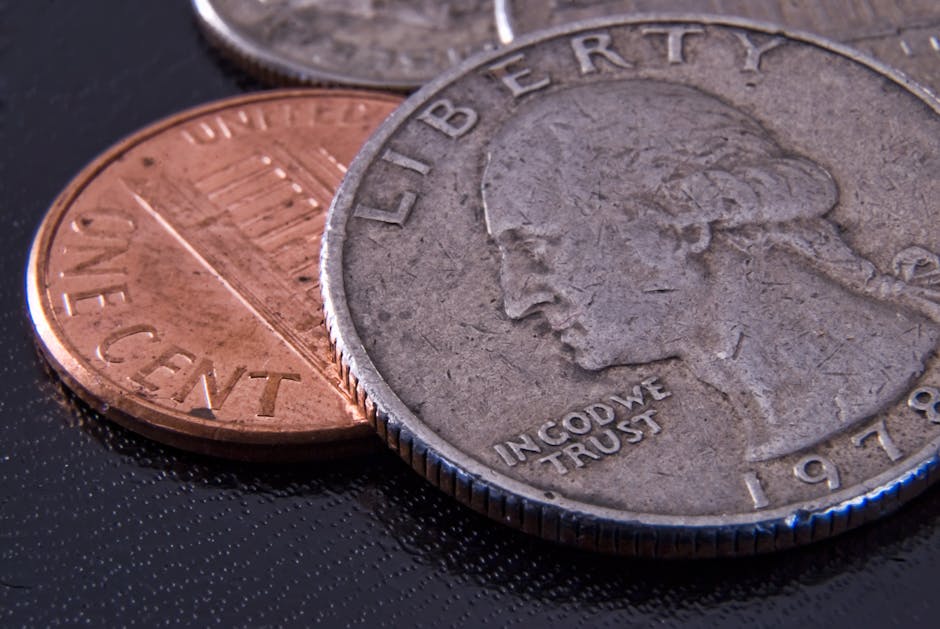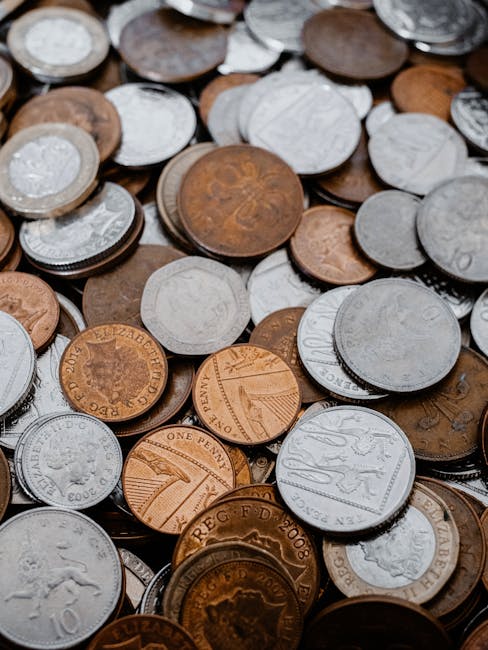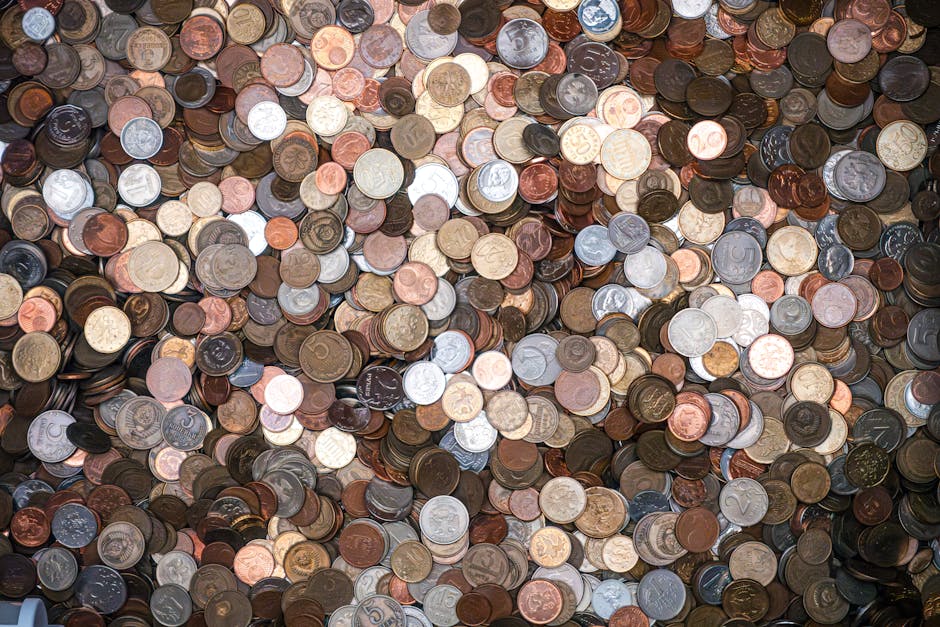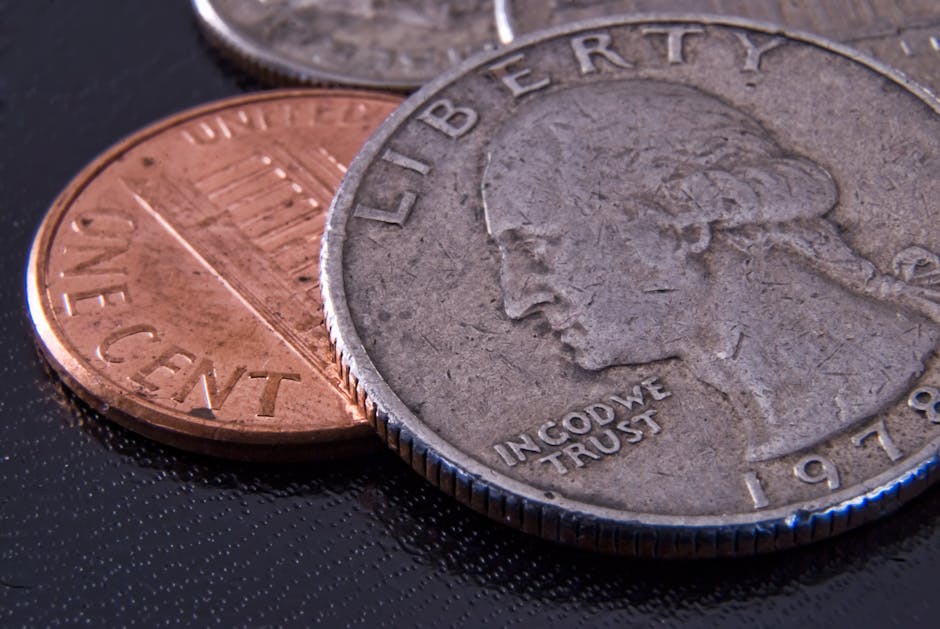A Deep Dive into Treasury Penny Production: From Mint to Pocket
The humble penny, often overlooked in our daily transactions, holds a fascinating history and intricate production process. This exploration delves into the world of Treasury penny production, examining the journey of this iconic coin from raw materials to its final form in our pockets. We’ll uncover the details of the minting process, the materials used, the role of the United States Mint, and the economic considerations that shape the ongoing production of these copper-plated zinc discs.
The Materials: More Than Just Copper
Contrary to popular belief, pennies are not primarily made of copper. Since 1982, the United States Mint has produced pennies primarily from zinc, with a thin copper plating. This shift in composition was driven by rising copper prices, making the production of entirely copper pennies economically unsustainable. The current composition—97.5% zinc and 2.5% copper—provides a cost-effective solution while maintaining the familiar appearance and feel of the penny.
The zinc used is sourced from various domestic and international suppliers, subject to rigorous quality control measures to ensure consistent material properties. The copper plating is applied to provide the characteristic reddish-brown color and enhance durability, preventing tarnishing and corrosion.

The Minting Process: A Step-by-Step Guide
The production of pennies is a complex, multi-stage process involving sophisticated machinery and meticulous quality control. Let’s break down the key steps:
1. Die Preparation: The Heart of the Process
The process begins with the creation of dies, which are hardened steel tools used to imprint the design onto the planchets (metal blanks). The dies are meticulously engraved with intricate details, ensuring the accurate reproduction of the coin’s imagery. This is a highly skilled process, often requiring years of experience to master.
2. Planchet Production: Shaping the Blanks
Zinc blanks are created using high-speed presses that cut and shape the metal into circular discs. These planchets undergo rigorous quality checks to ensure they meet precise size and weight specifications. Any imperfections are immediately rejected to maintain the high standards of the U.S. Mint.
3. Annealing: Preparing for the Impression
Before the planchets can be struck, they are annealed, a process that involves carefully controlled heating and cooling to soften the metal and make it more malleable. This ensures the dies can effectively imprint the design without cracking or fracturing the planchet.
4. Striking: Bringing the Design to Life
This is the most crucial step, where the planchet is struck between two dies under immense pressure. High-powered presses deliver precise blows, perfectly replicating the design on both sides of the coin. The immense force ensures the detail is sharply defined and long-lasting.
5. Quality Control: Ensuring Perfection
Each penny undergoes multiple quality checks throughout the production process. Automated systems and skilled inspectors examine every aspect of the coin, from its weight and dimensions to the clarity of the design. Any coin found to be imperfect is rejected and recycled.

6. Packaging and Distribution: Reaching the Public
Once inspected and approved, the pennies are counted, packaged, and distributed to banks across the country. The process of getting these coins into circulation involves a complex logistical network, ensuring a steady supply to meet the demands of the national economy.
The Role of the United States Mint
The United States Mint plays a crucial role in the production of pennies and other coinage. As a government agency, it ensures the integrity and quality of all coins produced. The Mint operates multiple facilities across the country, each equipped with state-of-the-art machinery and employing highly skilled personnel dedicated to the precision and security of coin production.
The Mint is responsible for managing the entire production process, from securing raw materials to distributing the finished coins. It also plays a vital role in the design and selection of coin imagery, reflecting historical events, national figures, and national symbols.
Economic Considerations: The Cost of a Penny
The production cost of a penny often exceeds its face value. This raises questions about the economic viability of continuing to produce the coin. The costs associated with material acquisition, production, and distribution make each penny more expensive to manufacture than its value suggests. Despite this, the penny remains a significant part of the US monetary system.

Debates surrounding the future of the penny are ongoing. Arguments for its elimination center around cost savings, while those in favor emphasize its role in facilitating small transactions and maintaining the integrity of the current monetary system. The decision of whether to discontinue the penny’s production remains a complex economic and political consideration.
The History of Penny Production: A Timeline
The history of penny production is a long and varied one, reflecting changes in technology, materials, and economic conditions. From early copper pennies to the current zinc-copper composition, the penny’s journey reflects the evolution of American coinage and the nation’s economic landscape.
- Early Pennies (pre-1982): Primarily made of copper, these pennies were heavier and more expensive to produce.
- The Shift to Zinc (1982 – Present): The introduction of zinc-plated copper pennies marked a significant change, driven by escalating copper costs.
- Design Changes: Over the years, the penny’s design has evolved, reflecting significant moments and figures in American history.
- Technological Advancements: The production process has been refined through technological advancements, increasing efficiency and precision.
Conclusion: A Lasting Legacy
The production of Treasury pennies is a fascinating process, blending history, technology, and economics. From the selection of raw materials to the intricate minting process, each step contributes to the creation of this iconic coin. While its future remains a subject of debate, the penny’s enduring presence in American society reflects its deep-seated role in our monetary system and cultural history. The detailed analysis of its production offers a glimpse into the inner workings of the U.S. Mint and the economic considerations behind a seemingly insignificant piece of metal.

